Every year, on the last night of October, something magical happens in many parts of the world — streets fill with laughter, houses glow with pumpkins, and children dress up as witches, fairies, ghosts, and superheroes. It is the night of Halloween! But what is Halloween indeed about? Why do people decorate their homes with skeletons and spiders, or carve smiling pumpkins and go “trick-or-treating”? Let me tell you the story — it began a very long time ago, far away in Europe.
How How Halloween Began
More than two thousand years ago, people called Celts lived in what is now Ireland, Scotland, and parts of France. They had a festival called Samhain (pronounced sow-in), which marked the end of the harvest and the start of winter — a cold, dark time when days were short and nights long.
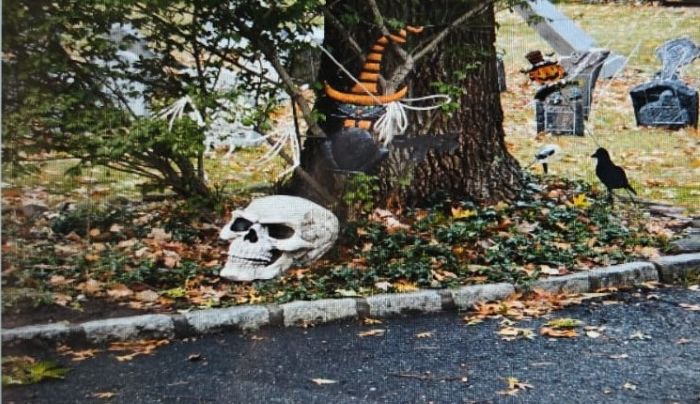
The Celts believed that on this night, the spirits of the dead could cross over and visit the world of the living. To keep these spirits happy, people left food outside their homes, lit big bonfires, and wore
animal masks and skins to disguise themselves — so that if a ghost appeared, it would not recognise them as humans! When the Romans later came to Celtic lands, they added their own customs, including a festival that honoured Pomona, the goddess of fruits — that is why apples became part of Halloween games. Much later, Christians turned the day into All Hallows’ Eve, the night before All Saints’ Day, and over time that name shortened into the word we know today — Halloween.
How Halloween Came to America
When people from Ireland and Europe moved to America, they brought their Halloween traditions with them. At first, it was celebrated quietly in small towns. But soon, children began dressing up in funny or scary costumes and going from house to house, calling out “Trick or Treat!” If the neighbours gave them candies, that was the “treat.” But if they didn’t — well, the children might play a little harmless “trick,” like pretending to be a ghost or making a funny noise! This playful game became so popular that now, almost every American child looks forward to trick-or-treating — it’s the sweetest adventure of the year!
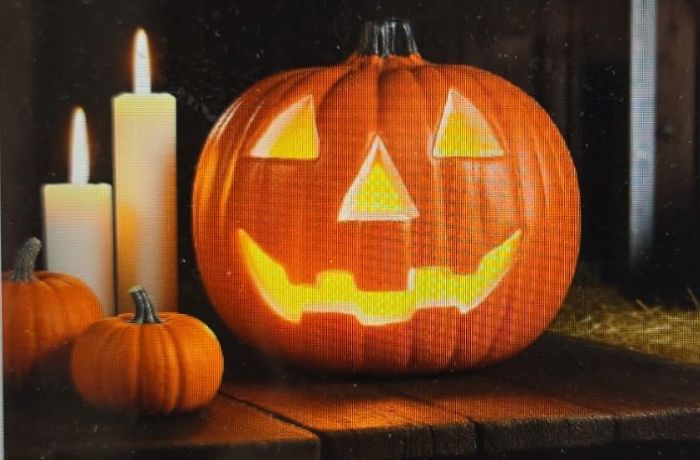
The Pumpkin and Other Symbols
Have you ever seen a pumpkin with a funny glowing face on Halloween? That’s called a Jack-o’-lantern. Long ago, people in Ireland carved faces into turnips to scare away evil spirits. When they came to America, they found that pumpkins were bigger, softer, and easier to carve. So the pumpkin became the new Halloween lantern. The skeletons, witches, ghosts, and bats you see in Halloween decorations are all reminders of the festival’s old connection with the world of spirits. But don’t worry — today they are not meant to frighten! They’re part of the fun — a way of saying, “We are not afraid of the dark.”
Witches stand for mystery and magic; ghosts remind us of the people who once lived; bats and spiders are symbols of night and nature. Each one has a story — and when you see them together, they create the joyful spookiness that makes Halloween special.
The Games and Fun
Besides trick-or-treating, Halloween has many games. One of the oldest is apple bobbing — trying to catch floating apples in a tub of water using only your mouth! Children also have costume parades, pumpkin-carving contests, and spooky story nights.
And of course, there’s candy — chocolates, lollipops, and caramel apples shared with friends and neighbours. Halloween is a time when whole communities come together — people smile, share treats, and light up their homes with laughter and colour.
What Halloween Really Teaches
Beneath the masks and jokes, Halloween has a gentle message. It tells us that it’s okay to feel a little afraid — but it’s also okay to laugh at fear. It reminds us that light always follows darkness, and that love and friendship are stronger than any ghost or goblin.
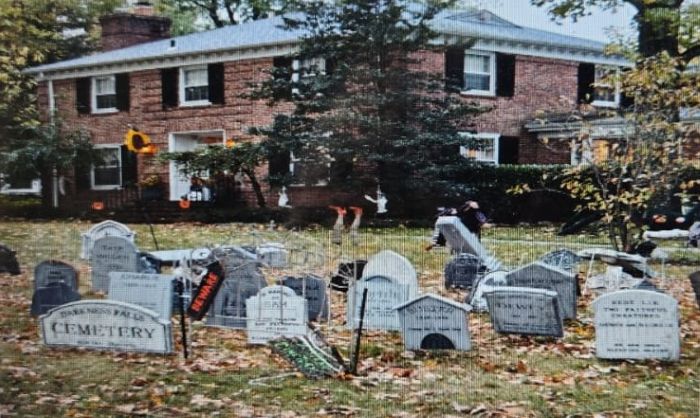
Halloween also teaches kindness — to share treats, to welcome neighbours, and to remember those who lived before us. Every candle in a pumpkin is a little sun glowing against the night, saying: “Don’t be afraid — the world is still full of light.”
So when you put on your costume and step out this Halloween, remember that you are part of a story thousands of years old — a story of courage, imagination, and joy. And whether you’re in India or America, that glowing pumpkin on someone’s porch is really a sign of hope — that even when nights grow long, we can always light our own little lanterns of happiness. Happy Halloween, my dear ones — may your Halloween night be full of laughter, kindness, and candy!
(Uday Kumar Varma is an IAS officer. Retired as Secretary, Ministry of Information & Broadcasting)
.jpg)
 Uday Kumar Varma
Uday Kumar Varma 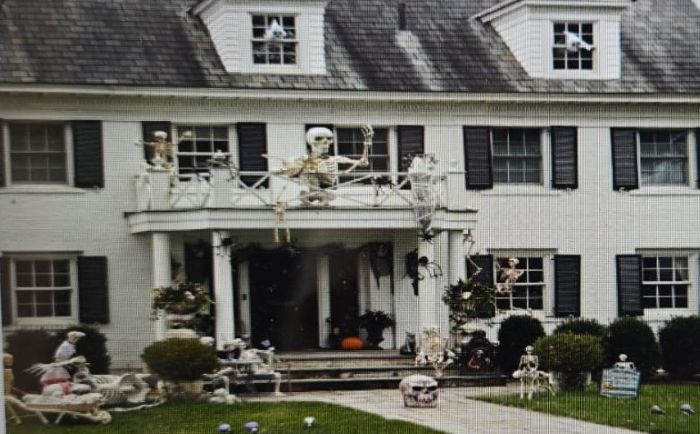

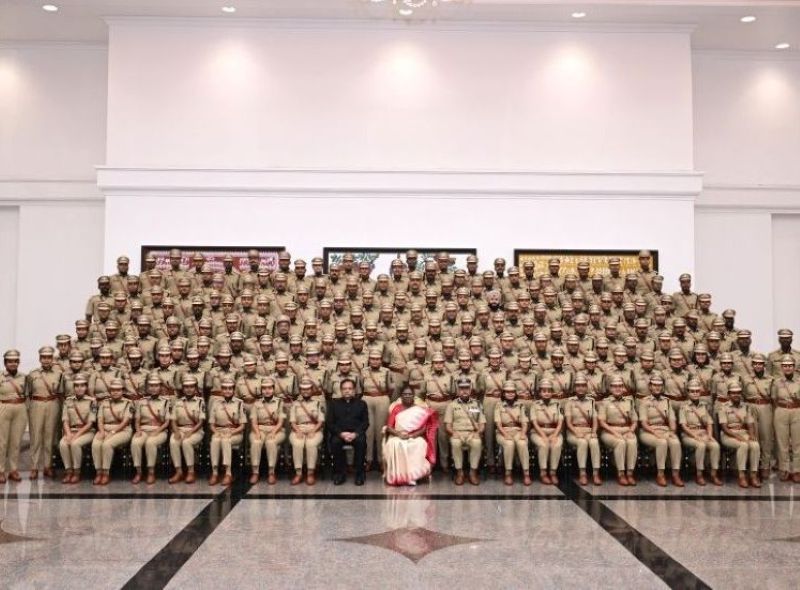
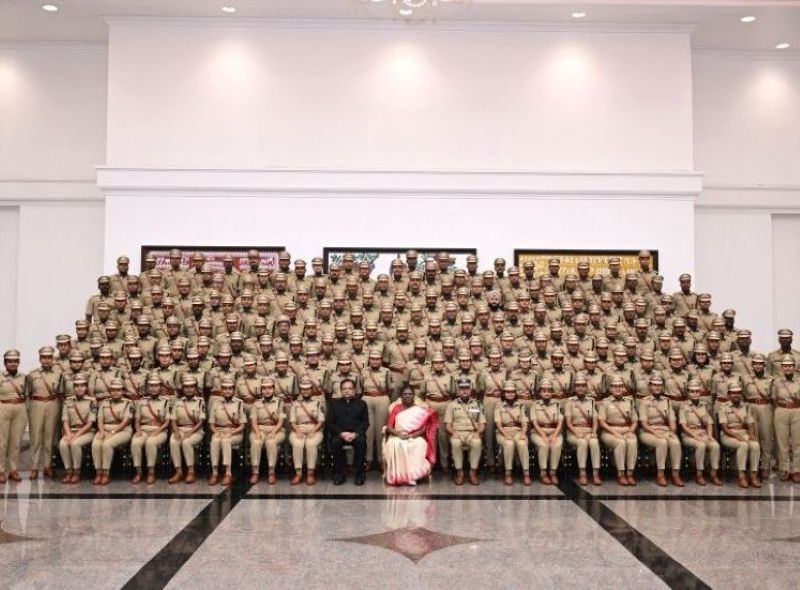

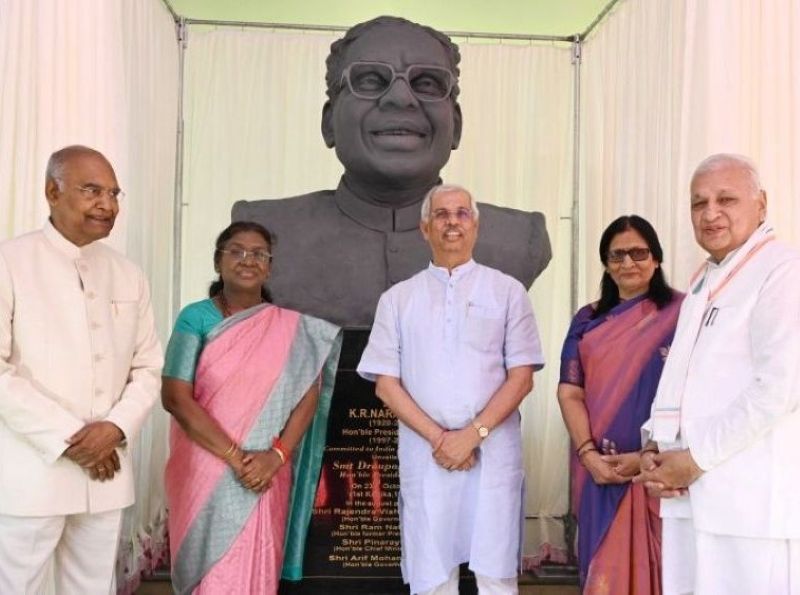

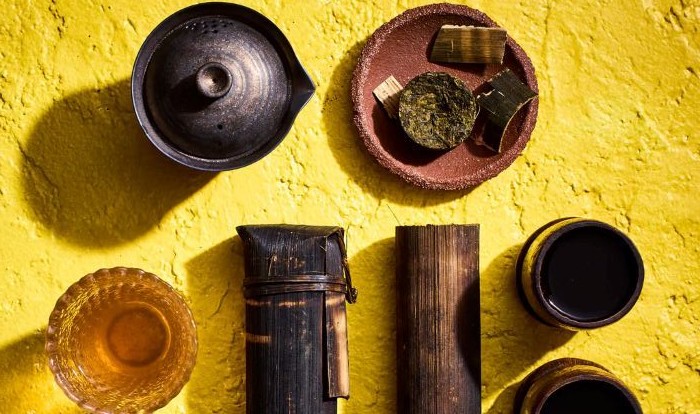
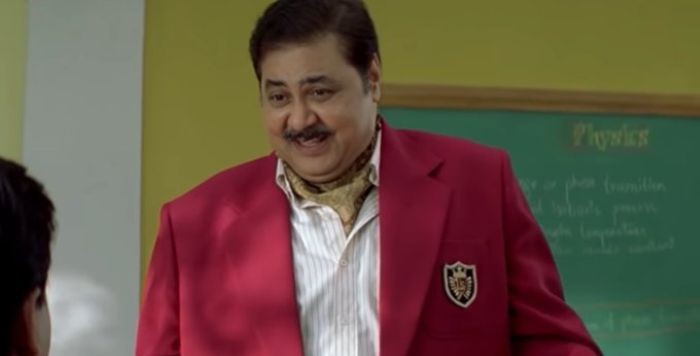
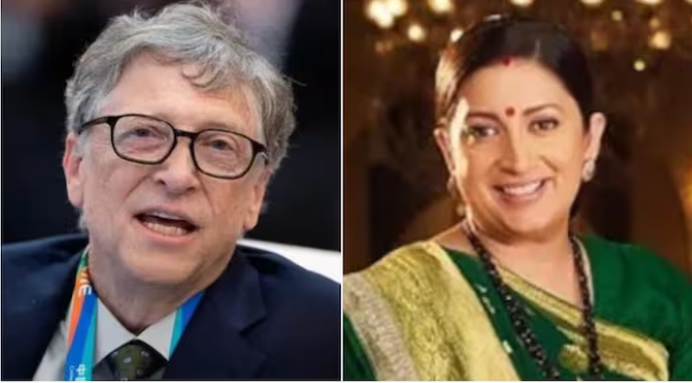


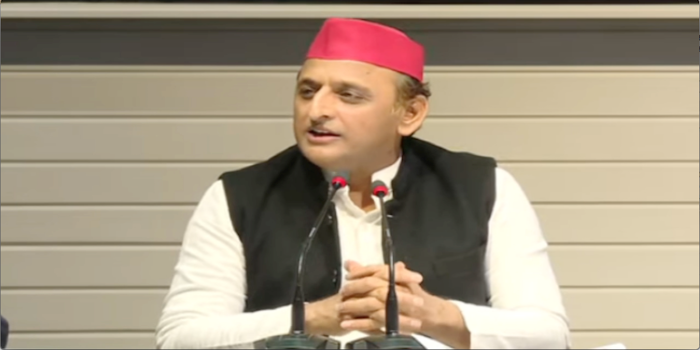

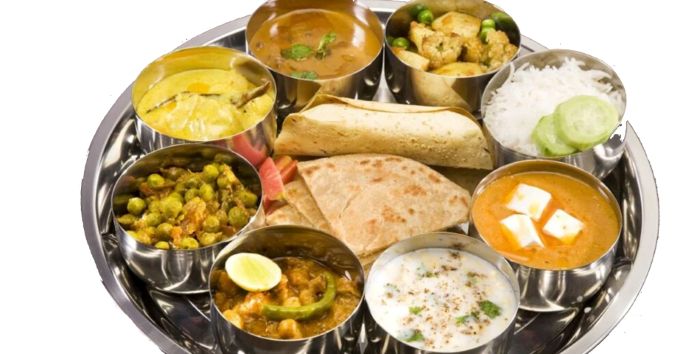


Related Items
Storm Amy hits U.K. & Ireland: Fierce winds, heavy rain cause chaos
Elon Musk claims his America party will change US politics
Musk launces 'The America Party' in latest snub to Trump